
My original tumblr post was here. This image was originally posted on Tumblr by Laschgift.

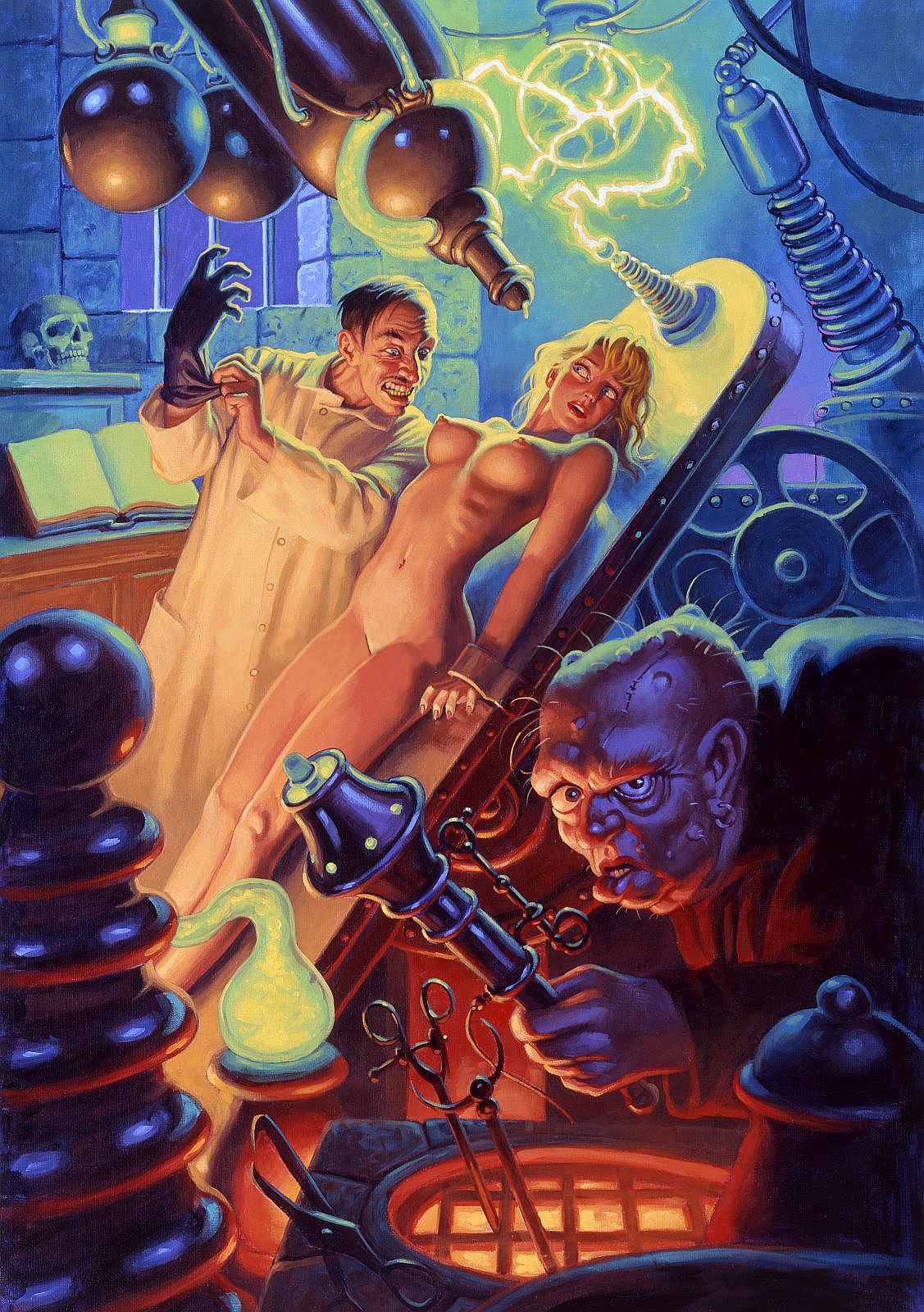
My original tumblr post was here. This image by Greg Hildbrandt was posted on tumblr by BRUDE’S WORLD identifying this painting as Science Gone with a link to Spiderwebart Gallery. It comes to us via Reginald Juice.,
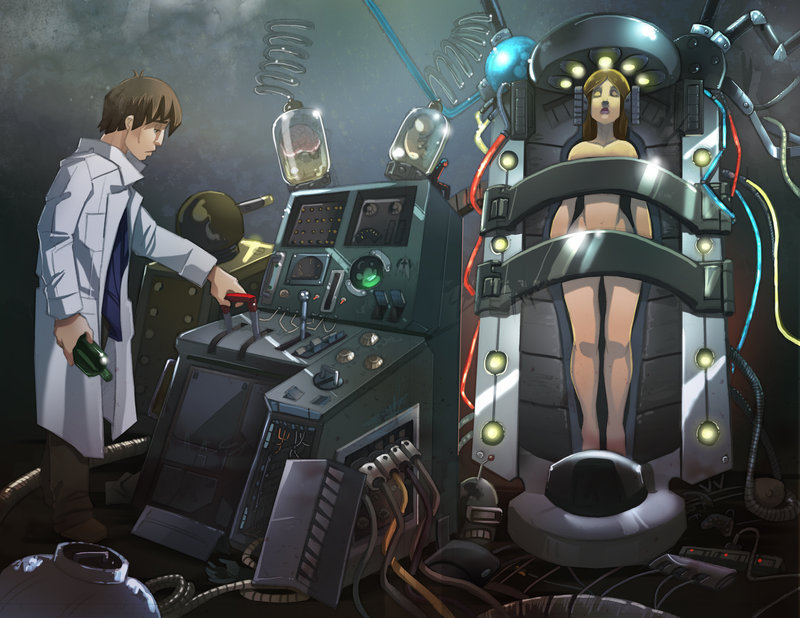
My original tumblr post was here. This image is UNREQUITED (laborator) by ChristopherMartin (a deactivated DeviantArt site). It was originally posted on tumblr by Hypnotic Violet and comes to us via thehypnowitch.
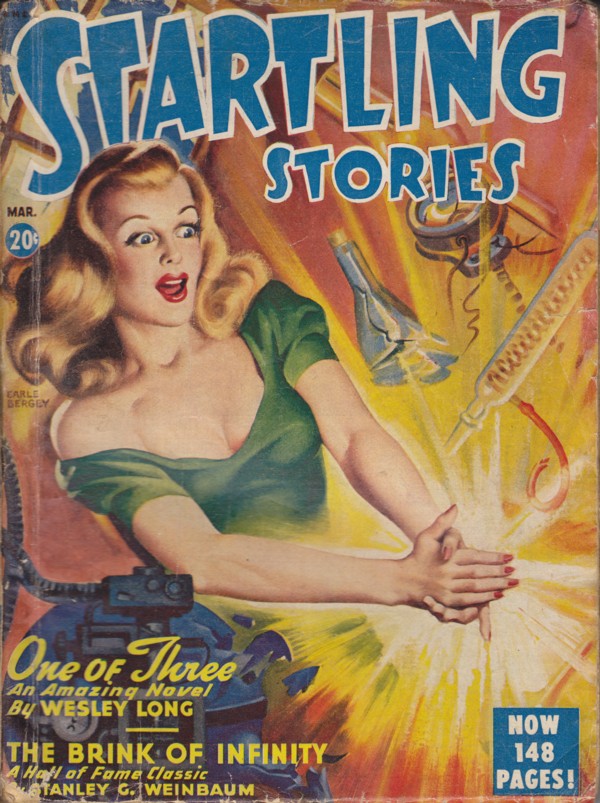
My original tumblr post was here. This issue of Startling Stories contains the text “One of Three, an amazing novel by Wesley Long. The Brink of Infinity, a Hall of Fame Classic by Stanley G. Weinbaum.” It was first posted on tumblr by Maddd Science.
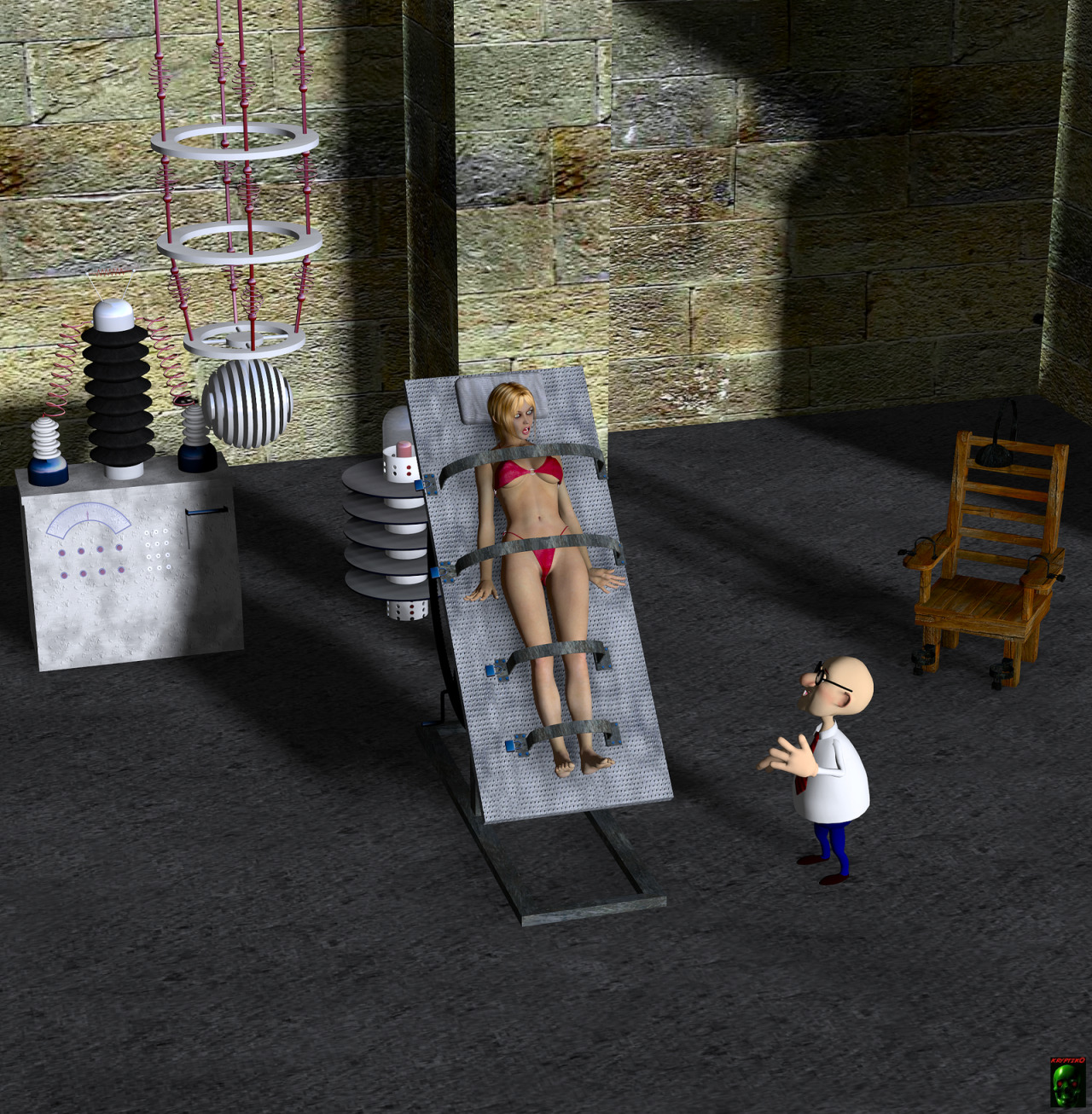
My original tumblr post was here. This image is The Mad Scientist by kryptik0.
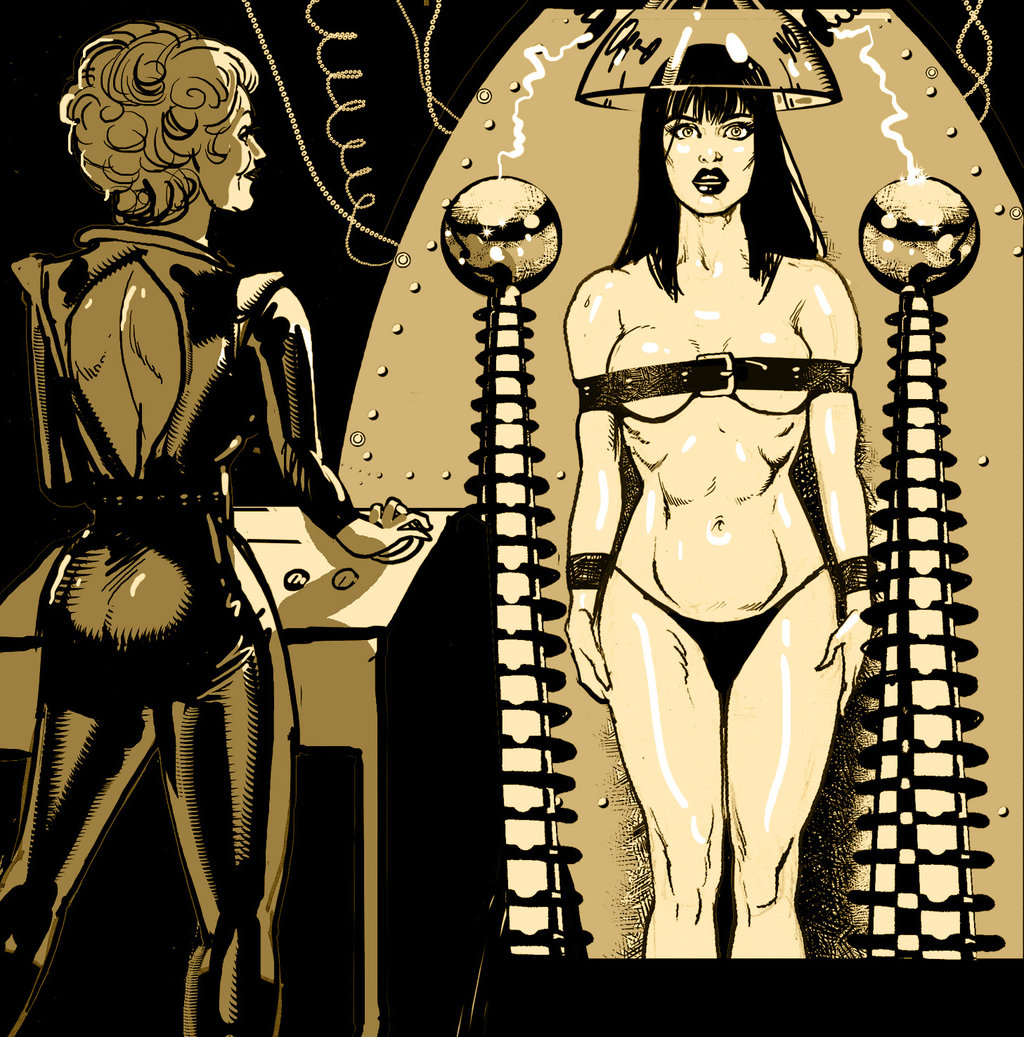
My original tumblr post was here. This image is Mbmp by TheOldGoat1955.
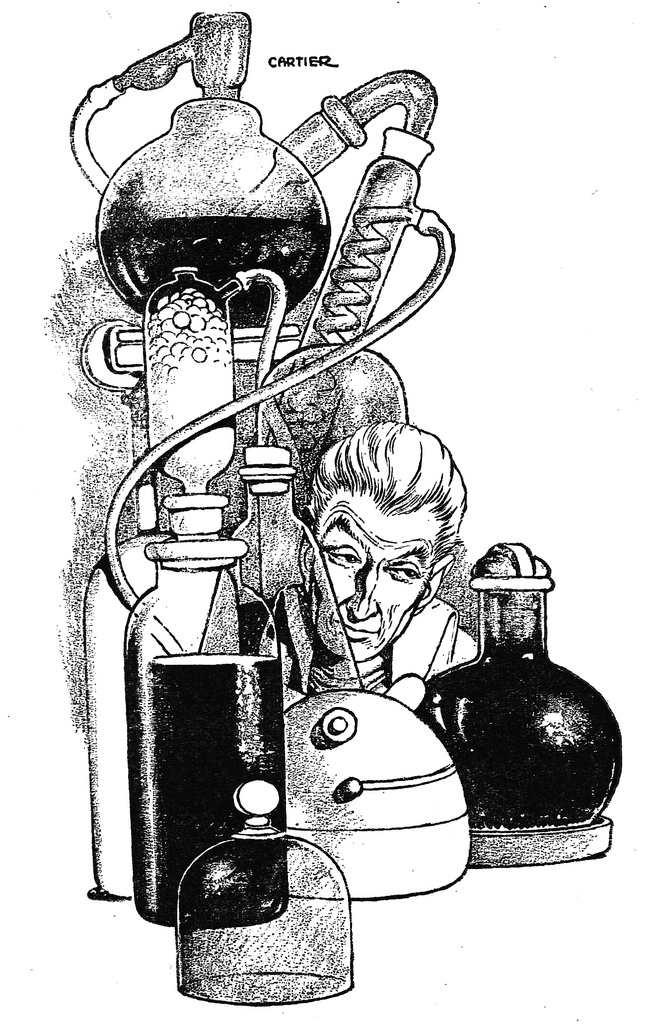
My original tumblr post was here. This image of a (possibly mad) scientist in his lab bears a signature “Cartier.” It was first posted on tumblr by Not Pulp Covers with the text “Fantastic Mid-Century Science Fiction Pulp Illustrations http://flic.kr/p/fmudRX.”

My original tumblr post was here. This image was researched by Bacchus at ErosBlog as part of the “Δ commission.” The research was originally published at Hedonix as “Δ 052 – Clothing-Specific Solvent ‘Accident’.” Here is what Bacchus found.
The artwork above is a cropped version of a taller page:

There is a medallion in the lower right of the image that includes “Natsuhiko” which is appears to be (and is) the name of the artist. A much larger version of the artwork (2325×3377) is linked from a page here that confirms Natsuhiko as the artist. An artist profile for Natsuhiko (夏彦) leads us to the artist’s Pixiv presence and thence to his blog in Japanese.
At one site where the image is found, it’s identified as belonging to an image pool called “Dengeki Moeoh 2013-02”. It seems likely that this refers to, and thus that the image was published in, the 2nd issue from 2013 of the manga magazine Dengeki Moeoh, which Wikipedia identifies as a bimonthly special edition of the related magazine Dengeki Daioh.
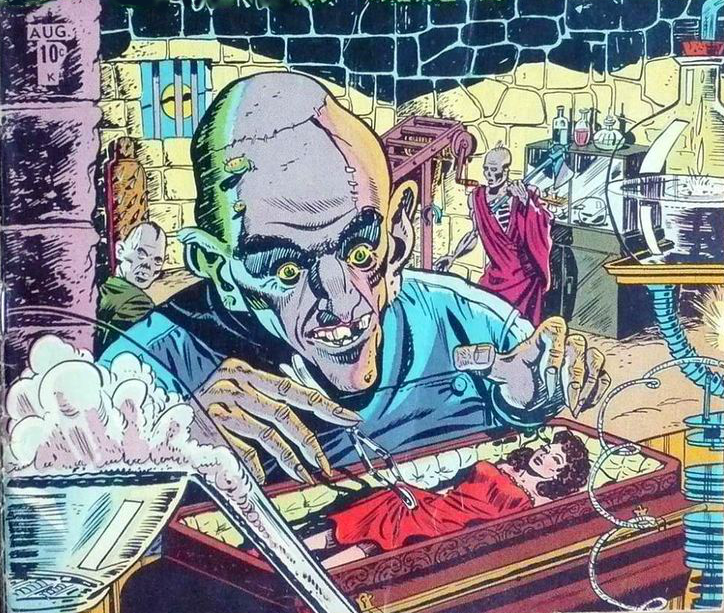
Original post here. This image was researched by Bacchus at ErosBlog as part of the “Δ commission.” The research was originally published at Hedonix as “Δ 015 – Casket Specimen.” Here is what Bacchus found.
This artwork is cropped from the front cover of Strange Fantasy, August 1952:
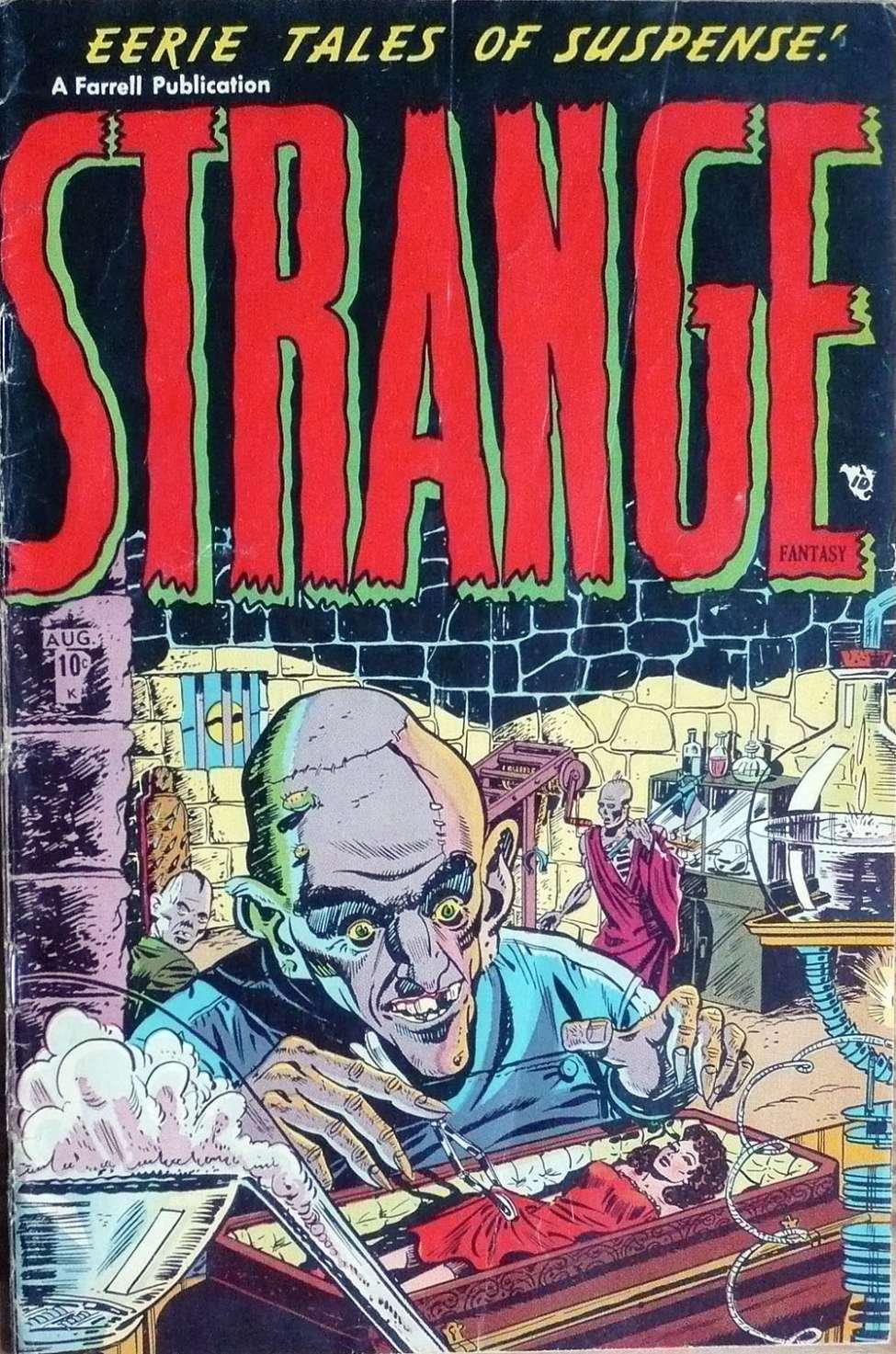
You can view the entire comic online here. An even larger scan of this cover (a different copy of the comic, with different color balance in the scan and different cover damage) is visible here, via this page.
Even the most detailed comics databases do not seem to contain confirmed information on who painted the cover art for this publication, although “Iger Shop” is listed in what seems to be a speculative fashion. “Iger shop” refers, according to this detailed comics index, to “Jerry Iger’s New York City comic art studio that produced art for a number of publishers.” So an “Iger shop” credit would seem to translate to “we know where the art came from, but not who created it.”